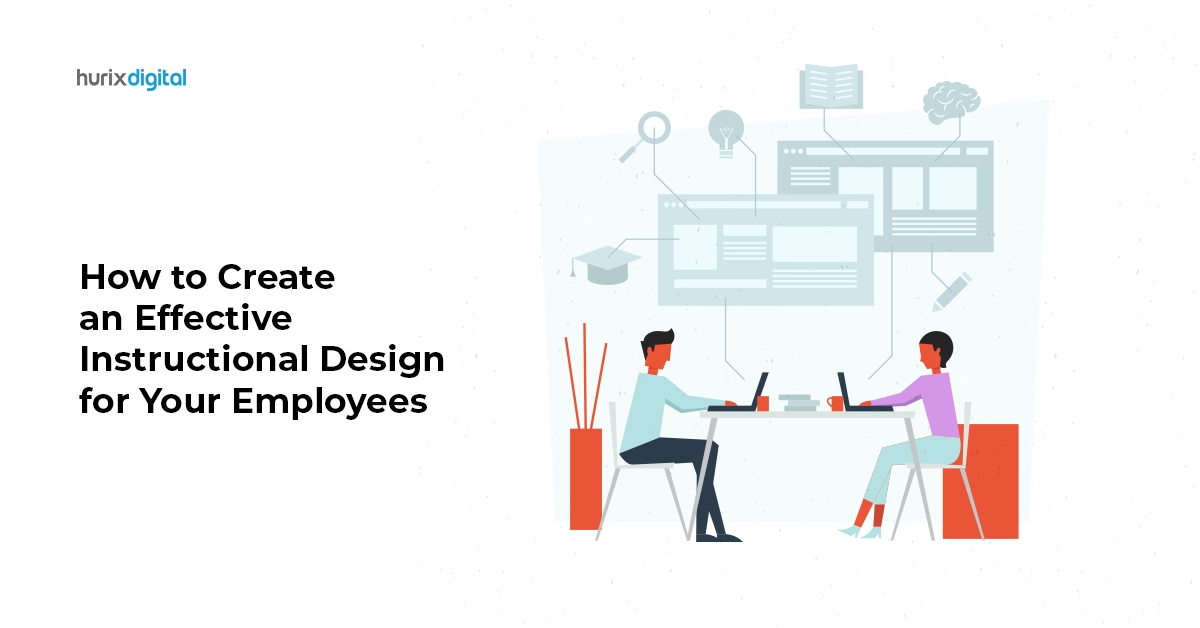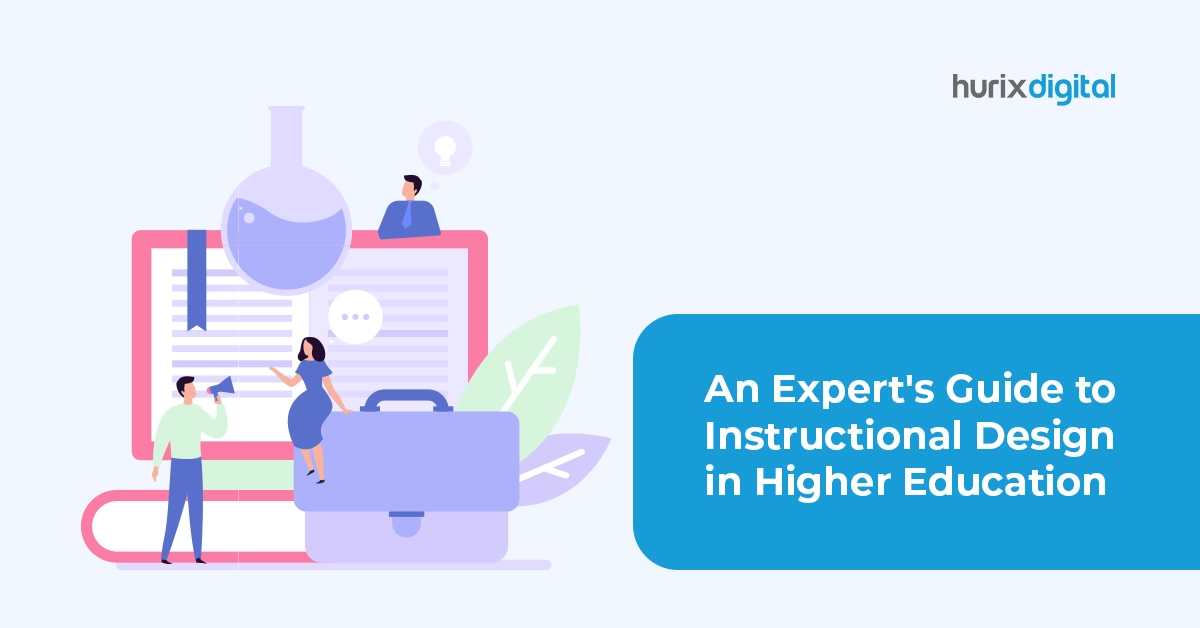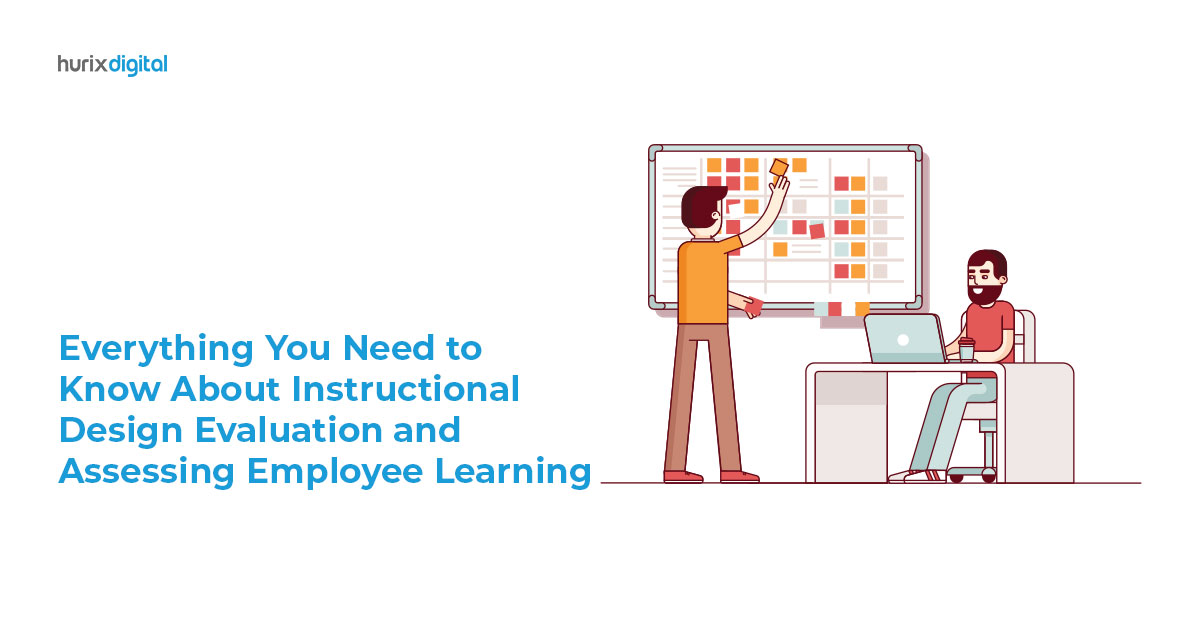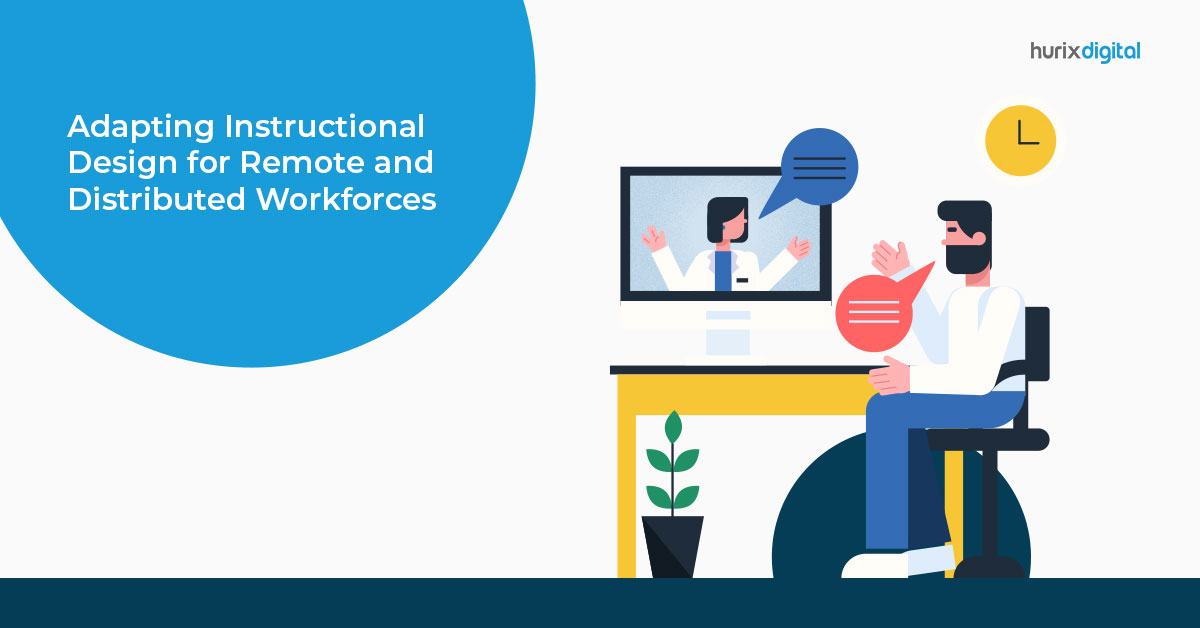
How to Create an Effective Instructional Design for Your Employees?
Summary
Learn the key steps to designing effective instructional programs for employees, focusing on strategies to enhance learning and development outcomes.
In the dynamic landscape of modern workplaces, continuous learning and development have become essential components for both employees and organizations. To facilitate this growth, an effective instructional design is crucial. This article will delve into instructional design and its significance in employee training and development, along with strategies, models, and real-life examples to help you create a potent learning experience.
Table of Contents:
- What is Instructional Design?
- Why is Effective Instructional Design Important in Workforce Learning?
- Instructional Design Strategies for Employee Training and Development
- Instructional Design Models
- Use Cases and Real-Life Examples
- Conclusion
What is Instructional Design?
Instructional design is a systematic approach to creating learning experiences that maximize the acquisition of knowledge and skills. It involves the careful planning, organization, and delivery of content to ensure that learners grasp information efficiently and effectively.
The effectiveness of instructional design is all about how well the instruction helps learners achieve the expected outcomes. Effective instructional design is made possible by taking into account three main components: learning objectives, learning activities/materials, and assessments.
- Learning objectives: Analyzing training needs helps set clear goals and objectives.
- Learning activities/materials: Designing and developing learning materials and instructional strategies for e-learning and determining the best delivery methods make instructional design focused and effective.
- Assessments: Creating assessments that are an integral part of the instructional design enables you to evaluate the degree of success of your training initiatives.
Also Read: How to Design Learning Solutions That Connect With Millennials?
Why is Effective Instructional Design Important in Workforce Learning?
Effective instructional design enables you to create the most seamless learning experiences through planning, building, and evaluating, and providing digital learning solutions both on an implementation level for your administration and a process level for your employees. Here are some reasons why effective instructional design plays an important role in Workforce Learning.
1. Customized Learning Experiences: Effective instructional design allows for customization of the learning material to meet the diverse needs of learners. By understanding the unique strengths and weaknesses of your team, you can create focused instructional design training programs that align with the final objectives.
2. Increased Engagement: Engaging content is vital in retaining information. Incorporating interactive elements, multimedia, and practical exercises can enhance the learning experience, making it more memorable for employees.
3. Efficient allocation of time and resources: Well-designed instruction ensures that training sessions are focused and purposeful. This results in better time management and efficient allocation of resources.
4. Fosters smooth communication: Once the goals are set and the learning materials are aligned with them, a good instructional design brings about smooth communication of the message behind the learning. Educating learners can bring about a transformation into a motivated learner and doer.
5. Leads to Measurable Outcomes: Clear learning objectives and assessment criteria enable you to track progress and measure the impact of your training efforts.
6. Triggers to take positive action: A “good” design helps in a positive learning experience, but it is a truly effective instructional design that urges learners to act and achieve beyond expectations. And such an inspiring design can only be produced with a deep understanding of the learner’s needs.
Instructional Design Strategies for Employee Training and Development
Now that we have established clearly the significance of an effective instructional design, it is time to go about creating one. So, here are a few strategies that will help create an effective instructional design.
- Analyze Learner Needs: You need to conduct a thorough analysis of the current knowledge levels, learning styles, and preferences of your employees before creating online courses. This helps create relevant and targeted learning activities that are engaging and appealing to the learner. Such an analysis is also useful in understanding the retention levels as well as the visual mix required to motivate them. This analysis will form the basis for your instructional design.
- Define Clear Learning Objectives: Next, you must set specific, measurable, achievable, relevant, and time-bound (SMART) goals for each training module. Ensure that the learning materials and activities created, including the assessments, align with these objectives.
- Choose Appropriate Instructional Methods: As a next step, utilize a mix of strategies such as simulations, case studies, group discussions, and hands-on activities to cater to different learning preferences. Engaging learning experiences are brought about only with an effective instructional design. A positive learning experience enables greater retention and smoother communication between the instructor and the learner.
- Scaffold Learning: Finally, break down complex concepts into manageable chunks, ensuring that learners can build upon their existing knowledge.
- Incorporate Feedback Loops: Provide opportunities for learners to receive feedback on their performance. This fosters continuous improvement and reinforces learning.
- Make navigation simple: CRM, ERP, HRMS that firms use for their business processes have several features enabling smooth navigation. However robust features bring on the user adoption challenge: this can be circumvented by embedding the training content within the application for users to navigate easily.
- Choice of directly relevant graphics: Use graphics that are relevant: for instance, real people can be shown portraying real emotions while dealing with sensitive topics.
- DEI: Diversity, Equity and Inclusion should form the basis for the instructional design of any organization with a global workforce. Elearning service providers with inclusive and equitable learning environments and experiences help span across multiple, varied cultural backgrounds, values, and perspectives. Case studies are very relevant in this context. Besides, equal access to learning materials ensures all participants have equal opportunities and equal access to resources and support. Learning materials can be made available in multiple learning formats; in this regard, subtitles and transcripts for video lessons would be a step in the right direction.
- Test it before deployment: Test run the course by colleagues and ask for honest feedback on the degree of engagement, the strength of the subject matter, and the smoothness of functionality.
Also Read: Top 5 Trends in Workforce Learning and Development
Instructional Design Models
The right ID model would facilitate the development of online training materials that tap into the internal drive and motivation of the employees and instantly pique their interest. Should you overlook the following points, you might end up with a model that would be a misfit for your team.
- Weighing only a narrow set of options: A comprehensive list of options need to be drawn up and then narrowed down based on your goals, outcomes, as well as resources available at hand.
- Considering only the merits of a model: Fact-based, unbiased critiques of the models need to be made before choosing a model. Is there sufficient pedagogical evidence that supports the model? Does the model take up too much time to implement? Is there room for reevaluation and revision? The answers to these questions will help point out the appropriate model for you.
- Not including team input: It is vital to collect your team’s input on their levels of knowledge and experience with visual tools. Learner preferences and background will largely determine the model choice. A successful ID model will motivate and inspire employees to positively contribute to the firm. This is because ID models are based on learning behaviors and cognitive and pedagogical principles. Hence, you should consider the needs, backgrounds, expectations, and experience levels of your team.
- Letting popularity determine your choice: There are quite a few ID models that gain much exposure online, but it is critical to have a comprehensive understanding of all kinds of models to ensure that the model of choice addresses your team’s needs and training requirements.
Having said that, various instructional design models offer structured frameworks for creating effective learning experiences. Some popular models include:
- ADDIE (Analysis, Design, Development, Implementation, Evaluation)
- The ADDIE model widely used by training developers and other educators consists of five critical phases: Analyze, Design, Develop, Implement and Evaluate. It was developed in the 1970s, and since then, the ADDIE Instructional Design (ID) model has been used to structure and design training programs.
- Analysis – Review learning objectives and set learning outcomes.
- Design – Determine the purpose of your curriculum, strategically plan the modus operandi of the delivery of the contents, taking into account all stakeholders’ needs.
- Develop – Use the data generated in the analysis and the planning stages and create content based on them.
- Implement – Implement your instruction and calibrate it in a real, dynamic learning environment.
- Evaluate – With the support of employee feedback and training analytics, assess and evaluate the effectiveness of your curriculum. In doing so, you can identify most if not all challenges in your training and course correct early on.
- SAM (Successive Approximation Model) and Agile Model, Bloom’s Taxonomy, and Dick and Carey models are a few other popular ID models.
Use Cases and Real-Life Examples
- Onboarding Programs: An effective instructional design can accelerate the integration of new hires, ensuring they quickly become productive members of the team.
- Compliance Training: Industries with strict regulatory requirements benefit from carefully designed instruction that ensures employees understand and adhere to compliance standards.
- Product Knowledge Training: Sales teams, for instance, can greatly benefit from structured instructional design to master product features, benefits, and value propositions.
Conclusion
In today’s competitive business environment, employee training in workforce learning and development is non-negotiable. An effective instructional design is the linchpin that ensures these programs are impactful and yield tangible results. By employing proven strategies and models, organizations can create learning experiences that empower their workforce.
Hurix Digital is a leader in providing effective and innovative instructional design strategies. At Hurix, the corporate learning services span across a wide range of engaging digital learning solutions and immersive elearning experiences. For more insights and to explore how our workforce learning and development solutions can revolutionize your workforce learning, contact us at marketing@hurix.com.
Remember, investing in your employees’ growth is an investment in your company’s future success. Start crafting effective instructional designs today!

A highly enthusiastic and motivated sales professional with over twenty five years of experience in solution selling of training-related applications and services. Maintains an assertive and dynamic style that generates results. Ability to establish long-term relationships with clients built on trust, quality of service and strategic vision. Specializes in financial services, higher ed, publishing and government in the areas of learning and development.








